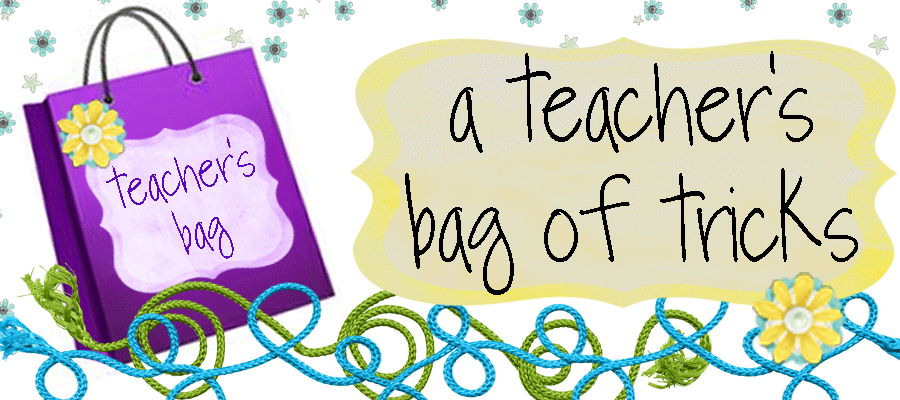Teachers are warning that young people are being damaged by an over-sexualised culture.
The National Union of Teachers annual conference will hear claims sexism is being “rebranded” as something fashionable and mainstream.
Delegates are to criticise the “raunch culture” of lap-dancing clubs and pole dancing.
Teachers, meeting in Liverpool, say it can have a “disastrous effect on the self-image of girls”.
The National Union of Teachers will hear warnings from teachers that “sexism and inequality are still a huge factor in shaping women’s lives”.
The conference will hear claims that old-fashioned sexism has not gone away, but has been re-invented into something that appears to be “ironic or empowering”.
Teachers will warn that pole dancing clubs and beauty pageants are turning back the clock on decades of campaigning for sexual equality.
There will be concerns that pupils are growing up in a culture where pornographic images are widely available, cosmetic surgery is advertised and there is a “fixation” with staying slim.
Teachers fear this can undermine young women’s self-confidence and contribute to problems such as eating disorders and anxiety about their appearance.
This can disrupt both girls’ school work and their social life, say teachers
Read the rest of the article here.












































